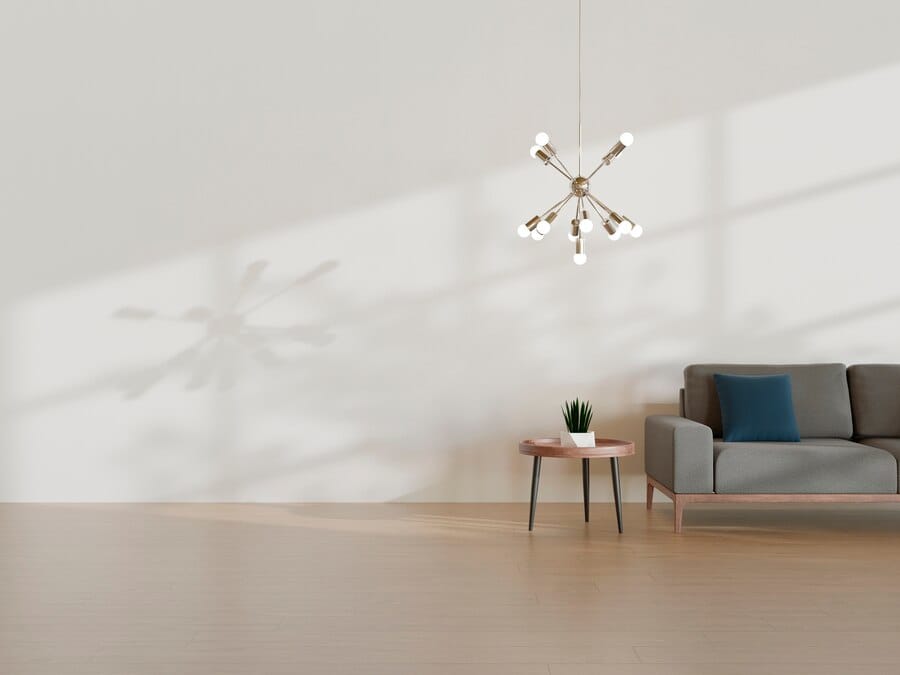The Art of Minimalist Living in American Cities
In this article, we'll explore how individuals embrace minimalism in their daily lives, prioritize experiences over possessions, and create spaces that foster peace, clarity, and purpose.


Minimalist living has emerged as a popular lifestyle choice among urban dwellers in American cities, offering a pathway to simplicity, mindfulness, and sustainability amidst the hustle and bustle of urban life. In this article, we'll explore how individuals embrace minimalism in their daily lives, prioritize experiences over possessions, and create spaces that foster peace, clarity, and purpose.
Embracing Simplicity
At its core, minimalist living is about stripping away excess and focusing on what truly matters. In American cities, where consumerism and materialism often reign supreme, embracing simplicity can be a radical act of defiance against the status quo. Urban minimalists intentionally pare down their belongings, declutter their living spaces, and cultivate a sense of spaciousness and tranquility in their homes.
Prioritizing Experiences over Possessions
In a culture obsessed with accumulation and consumption, minimalism challenges the notion that more is always better. Instead of chasing after material wealth and possessions, urban minimalists prioritize experiences, relationships, and personal growth. They seek fulfillment through meaningful connections, memorable experiences, and a sense of purpose that transcends material wealth.
Sustainable Living Practices
Minimalism and sustainability often go hand in hand, as both philosophies emphasize the importance of mindful consumption and environmental stewardship. Urban minimalists strive to reduce their ecological footprint by adopting eco-friendly habits such as recycling, composting, and reducing waste. They opt for quality over quantity, investing in durable, ethically sourced products that stand the test of time.
Streamlined Urban Lifestyles
In densely populated urban environments, minimalist living offers practical benefits beyond its philosophical ideals. By streamlining their possessions and simplifying their routines, urban minimalists are able to navigate city life with greater ease and efficiency. They embrace mobility, flexibility, and adaptability, choosing compact living spaces, multifunctional furniture, and minimalist design principles that maximize utility and minimize clutter.
Cultivating Mindfulness and Well-Being
Minimalist living is not just about decluttering physical spaces; it's also about decluttering the mind and nurturing inner peace and well-being. Urban minimalists prioritize mental health and self-care, carving out time for meditation, mindfulness practices, and digital detoxes amidst the noise and distractions of city living. By simplifying their lives and eliminating distractions, they create space for introspection, creativity, and personal growth.
Community and Connection
Contrary to the stereotype of the solitary minimalist hermit, many urban minimalists actively seek out community and connection with like-minded individuals. They participate in minimalist meetups, share tips and resources on social media, and engage in collaborative living arrangements such as co-housing and co-living communities. These shared experiences foster a sense of belonging and support, enriching their minimalist journey.
Conclusion
In conclusion, the art of minimalist living offers urban dwellers in American cities a path to greater simplicity, mindfulness, and fulfillment in their lives. By embracing simplicity, prioritizing experiences over possessions, and cultivating sustainable habits, urban minimalists create spaces and lifestyles that reflect their values and aspirations. In an age of material excess and constant consumption, minimalism serves as a beacon of hope, guiding individuals towards a more intentional, meaningful, and sustainable way of living.